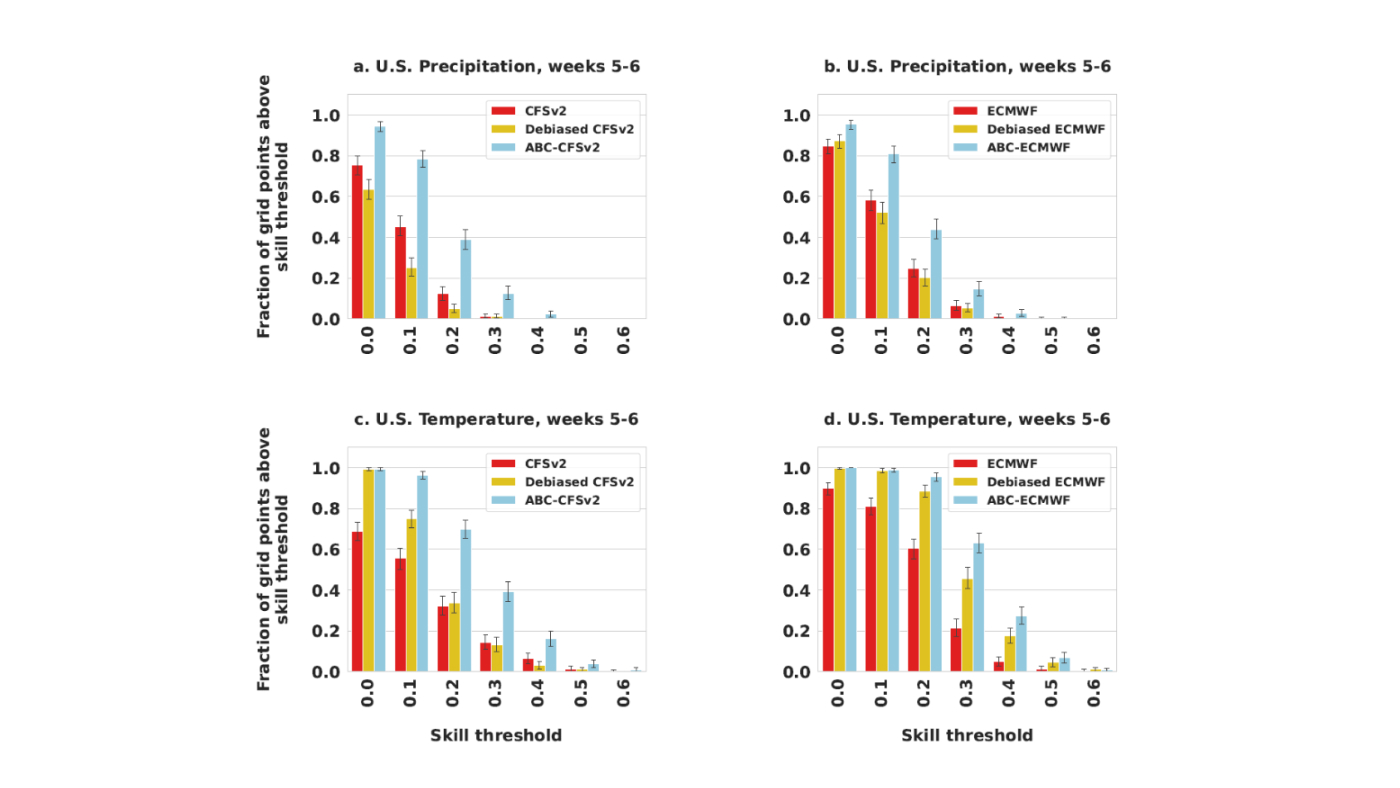When wildfires strike, all eyes turn to the clouds, hoping for a downpour that will quench the flames. Now, wildfire prevention teams on the Greek island of Lesvos are looking to a different kind of cloud for help, thanks to the VENUS-C Fire application and the computing power of Microsoft Azure (opens in new tab).
The Fire app determines the daily wildfire risk on Lesvos during the months of May to October, when the annual dry season turns the island’s forests into a tinder box. The application not only alerts fire prevention teams of the risk, it also enables firefighters to design and coordinate an effective response when a wildfire breaks out. As a result, the island’s fire prevention personnel have been better prepared to predict, respond to, and stop fires, preventing potential loss of life and property.

The Fire app integrates Bing Maps, Microsoft Silverlight, and Windows Azure in a single system that enables users to see the potential of an emerging fire
Spotlight: blog post
Developed by the Geography of Natural Disasters Laboratory (opens in new tab) at the University of Aegean in Greece, the Fire app is designed to calculate and visualize the risk of wildfire ignition and to simulate fire propagation. The end users are primarily emergency responders, including the fire service, fire departments, and civil protection agencies that address wildfires on the island of Lesvos.
The app was built with functionality from multiple resources, giving it both technological depth and a visual interface that is accessible to non-technical users. It integrates Bing Maps, Microsoft Silverlight, and Windows Azure in a single system that enables users to see the potential of an emerging fire.
All of the Fire app’s data is stored in the cloud via Windows Azure. And a lot of data it is, including information on topography, vegetation, weather patterns, and past fire patterns. This is “big data,” and crunching it requires the computing power of a large cloud infrastructure, such as Windows Azure.
Professor Kostas Kalabokidis of University of the Aegean calls Windows Azure essential to the app, noting that “the cloud provides us with the necessary processing power and storage that is required. That means the real end users for the fire department do not need to have any huge processing power or storage capabilities locally.” Indeed, on the end-user side, all that’s needed to access the tool is a regular computer or laptop, an Internet connection, and a web browser that supports Silverlight.
The Geography of Natural Disasters Laboratory team built the Fire app in 2011. Microsoft Research partnered with the lab during the development phase, providing funding, high-performance computing resources, and cloud computing infrastructure. As part of that collaboration, Microsoft built a tool called the Generic Worker (GW) that greatly simplified the challenges faced by Kalabokidis’ team.
GW was critical, according to Professor Kalabokidis, who states that “Generic Worker provides a robust environment for job execution that fulfilled the requirements of the University of the Aegean’s scenario for running forest fire risk and fire propagation models in the cloud. GW provides interoperability through OGF [Open Grid Forum] Basic Execution Service, which is very important in the Aegean scenario to execute tasks in a hybrid cloud environment, such as VMs [virtual machines] of different cloud solutions. Furthermore, GW provides scalability: for example, VMs are increased or decreased according to the needs of deployment. Users are also notified about the status of the job, which is important for the execution of the fire propagation simulation.”
The Fire app is just one of many big data projects that benefit from Windows Azure’s scalability, storage capacity, and computational power. There’s no question but that cloud computing is having a significant impact throughout the research world, as information from instruments, online sources, and social media are combining to create a data tsunami. This has ushered in the era of data-intensive science—what the late Jim Gray predicted would be the Fourth Paradigm (opens in new tab) of scientific research—and Windows Azure is in the forefront of making it possible.
Cloud computing, and the processing power that accompanies it, has made it possible for researchers to reduce processing job times from months to just hours. The thing that excites me about my job is the possibility that we can change the way science is conducted. I believe that cloud computing is a revolutionary change in an era of big data and the exploration of large data collections.
—Dennis Gannon, Director of Cloud Research Strategy, Microsoft Research Connections
Learn More
- Case Study: Fire App Fights Wildfires with Data (opens in new tab) (PDF file, 1.65 MB)
- Microsoft Azure for Research (opens in new tab)
- Video: Fire App Fights Wildfires with Data (opens in new tab)
- Windows Azure (opens in new tab)
- Geography of Natural Disasters Laboratory (opens in new tab)
- Earth, Energy, and Environment on Microsoft Research Connections (opens in new tab)





